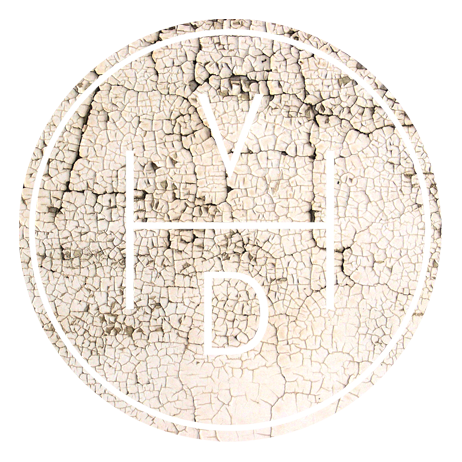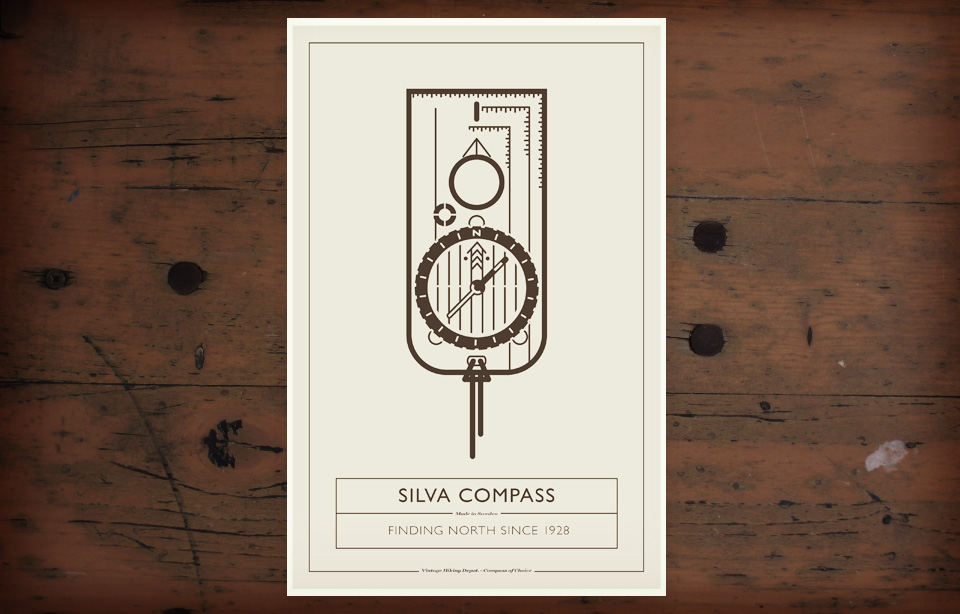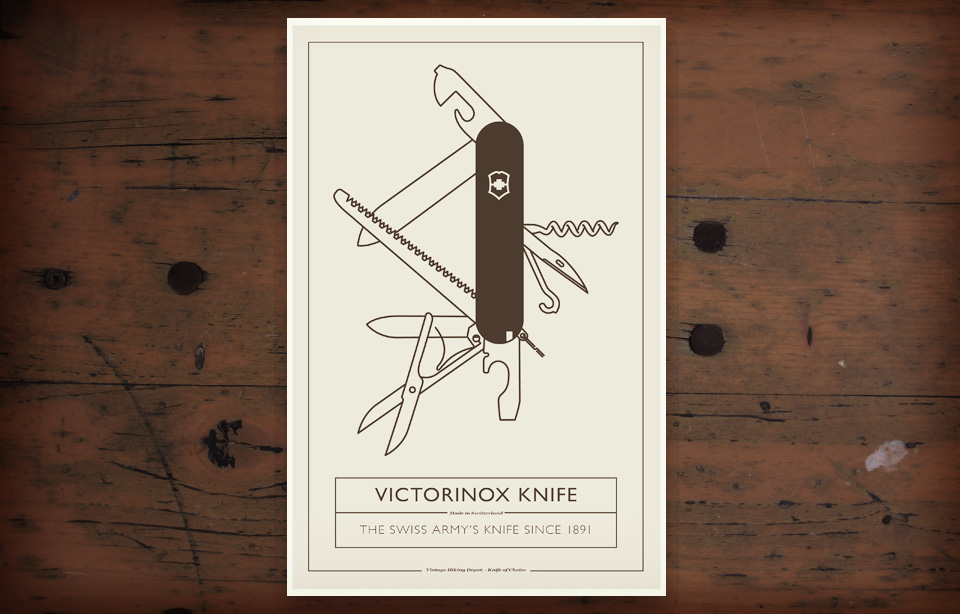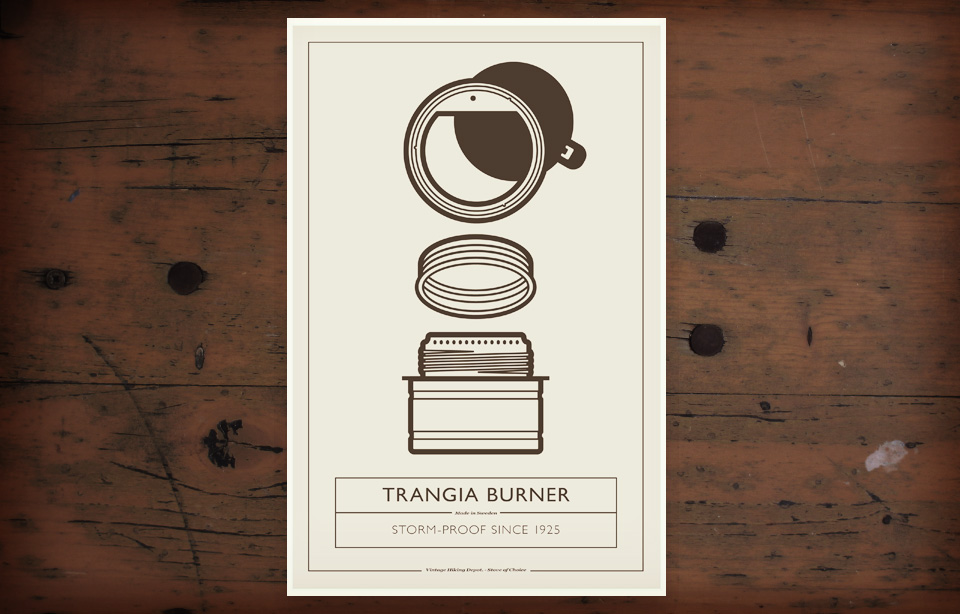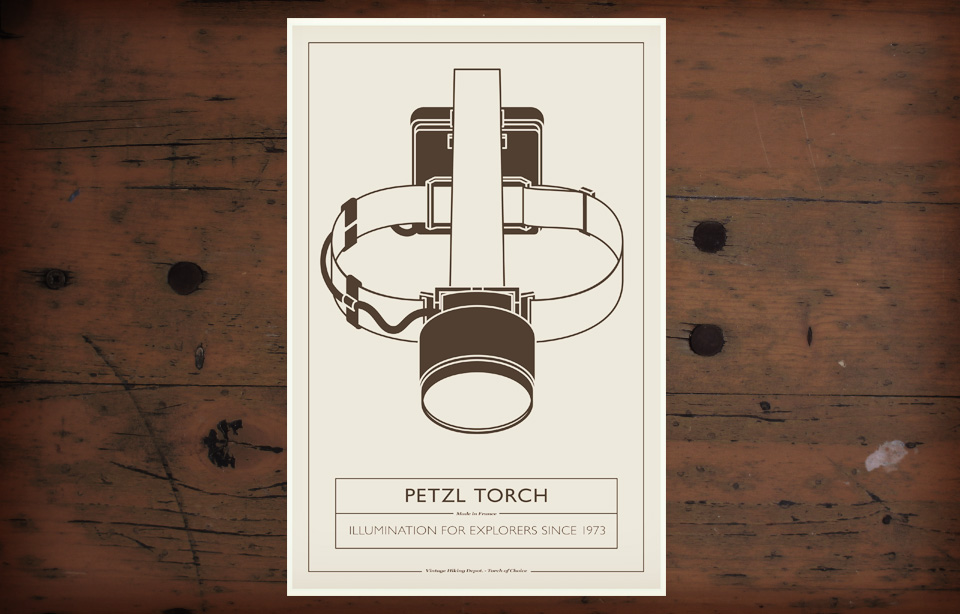National Mountain Safety Council New Zealand - Bushcraft Manual
This gem was sent to me my old man, he picked it up in New Zealand many years ago. The whole book is cracking, but I particularly love the gear list. The inclusion of puttees, a Swanndri jersey and the very manual that the list is in, all brought a smile to my face.
“Whether a trip is to be of two or 20 days’ duration, whether in summer or in winter, and whether tramping or mountaineering is in view, there will be certain basic items of personal clothing and equipment essential to every person. Clothing must be either windproof, waterproof, or warm, as appropriate. Although the need will vary according to season and individual preference, the basic list is:
Pack Boots Parka Sleeping bag Sleeping-bag cover Shorts Trousers, woollen Singlet, woollen Shirts, woollen (2) Mitts, woollen Shirts, woollen (2) Jersey, woollen or Swandri Mitts, Woollen (4 pairs) Puttees Headgear Sandshoes or sandals Spare bootlaces Handkerchiefs First aid (personal) Knife Spoon Mug Towel Soap Toothbrush, toothpaste (in a plastic bag) Reliable compass Map Matches in plastic or waterproof container Torch with spare bulb and batteries Candle Toilet paper Plastic bags Basic Bushcraft Manual
Assuming that boots, puttees , shorts, headgear, one shirt and one pair of underpants and socks are being worn, the weight of gear in the pack should not be more than 25 lb. If tramping is the be enjoyed, weight must be kept to the essentials conforming to the requirements of safety. Gear should be of good quality as well as light.”
Cheers for the book Par.
